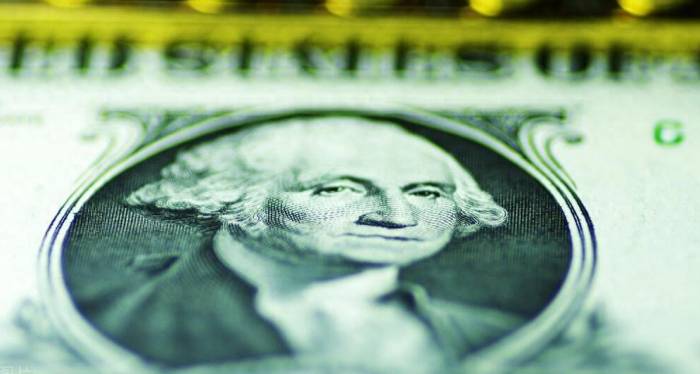Fed Cuts Rates, US Treasuries Still Unsold
The Federal Reserve unexpectedly made a 50 basis point rate cut, foreshadowing the United States' defeat in this currency war.
Powell had already conceded defeat, but then suddenly changed his tune, claiming that future rate cuts would not be 50 basis points, at most 25 basis points.
What exactly is the reason for this? What makes the United States so unwilling to lose?
Undoubtedly, it is closely related to the sudden significant increase in Chinese asset prices.
The rapid rise in Chinese assets has delighted those who hold a large amount of Chinese assets.
The market's frenzy is astonishing; not only did the Chinese stock market experience a crash due to huge trading volumes, but the Hong Kong stock market was also flooded with a large amount of capital, resulting in a situation where stocks were being bought up. It can be said that China is gradually becoming the darling of capital.
Meanwhile, the United States, across the ocean, appears somewhat uneasy. Recently, Federal Reserve Chairman Powell stated that the United States is not in a hurry to cut interest rates, and the number of rate cuts this year may only be two, each by 25 basis points.
Advertisement
This is clearly a reminder to global capital that the Federal Reserve's rate-cutting pace is well-considered, intending to show that the U.S. economy is not as weak as imagined, and future rate cuts will not be as drastic as the first one.
The main reason is that the Federal Reserve's rate-cutting measures have released a large amount of liquidity, encouraging capital to invest in U.S. Treasury bonds. However, global capital has turned to flood into Chinese assets, so who will be the buyers of U.S. debt?
Originally, if there were no other options, for these funds that are already in the United States, buying U.S. debt is a good option because the Federal Reserve's rate cut means that the future yield on U.S. debt will also decrease, which means that the U.S. debt bought now will see a price increase in the future.However, the significant increase in Chinese assets has provided these funds with a new and better option. Consequently, these funds have been flowing out of the United States and into the Chinese market.
As a result, we have observed a noticeable rise in the yield of the 10-year U.S. Treasury bonds recently. In contrast, the auction of short-term Treasury bonds has been relatively smooth, but the interest that the U.S. Treasury needs to pay is extremely high.
The latest auction data shows that the interest rate for four-week Treasury bonds is 4.755%, and for eight-week bonds, it is 4.655%.
Long-term bonds are not selling well, while short-term bonds are being snapped up. The U.S. Treasury not only has to pay more interest at high rates but also faces the pressure of having to repay the principal in the short term.
There is also a point that is very uncomfortable for the United States, which is their current realization that their continuous interest rate hikes have attracted a large amount of capital from around the world, but in the end, it might only serve to benefit China.
The Federal Reserve began raising interest rates in 2022, and over the following two years, a substantial amount of capital flowed into the United States. However, after entering the U.S., these funds did not invest in the real economy but instead became short-term financial speculative funds.

Since these are investment funds, they stay when there is money to be made and leave when there is not. Therefore, when the U.S. began to lower interest rates and the dollar began to depreciate, these funds naturally rushed out.
Now, as China opens its doors to attract these funds, the U.S. is actually helping us.
Some also argue that these funds, once they come in, could also leave quickly.
In fact, this is not easy because we have many regulations in place for capital controls. Funds entering our country cannot come and go as freely as those entering the United States.Moreover, we have recently updated the negative list for investment, and in industrial investment, we have further relaxed restrictions. This is in the hope that these funds will come in to invest in the industrial sector.
China has a completely different manufacturing environment from the United States, so funds that come in to invest in manufacturing will likely receive quite good returns. It is estimated that this will also attract a lot of funds to stay long-term.
Post Comment